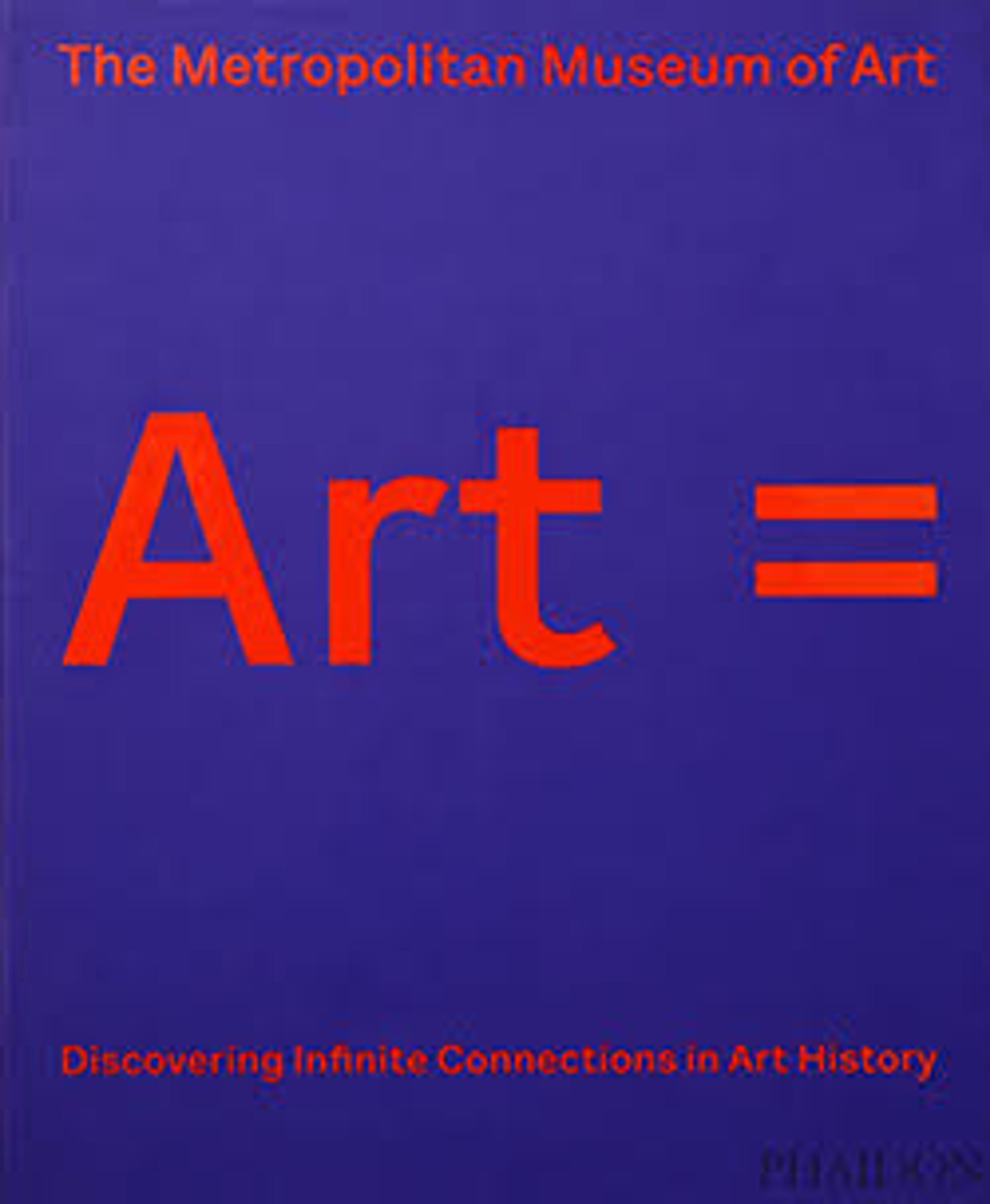Relief of Nebhepetre Mentuhotep II and the Goddess Hathor
King Nebhepetre Mentuhotep II was revered by the Egyptians as the ruler who reunited Egypt after the era of disunity (the First Intermediate Period) that followed the end of the Old Kingdom. Descended from a family of Theban rulers, the king built his tomb and mortuary temple at Deir el-Bahri in western Thebes. This relief was originally part of the decoration of the temple's main sanctuary that was added to the building at the end of the king's reign. The fine balance between figures and inscriptions on this block, as well as the clear outline and regular proportions of the king's image with its individualized facial features, exemplify the peak of a relief art that had developed over the decades while the vast temple complex was built and decorated. The figure of the goddess Hathor on the right of the block was chiselled away during the Amarna period, when King Akhenaten propagated the sole worship of the god Aten. Hathor was repaired in plaster in early Dynasty 19 and some of the paint on the whole block may also have been renewed at the time.
Artwork Details
- Title:Relief of Nebhepetre Mentuhotep II and the Goddess Hathor
- Period:Middle Kingdom
- Dynasty:Dynasty 11
- Reign:late reign of Mentuhotep II
- Date:ca. 2010–2000 B.C.
- Geography:From Egypt, Upper Egypt, Thebes, Deir el-Bahri, Temple of Mentuhotep II, Egypt Exploration Fund excavations, 1907
- Medium:Limestone, paint
- Dimensions:H. 36 cm (14 3/16 in); W. 98 cm (38 9/16 in)
- Credit Line:Gift of Egypt Exploration Fund, 1907
- Object Number:07.230.2
- Curatorial Department: Egyptian Art
More Artwork
Research Resources
The Met provides unparalleled resources for research and welcomes an international community of students and scholars. The Met's Open Access API is where creators and researchers can connect to the The Met collection. Open Access data and public domain images are available for unrestricted commercial and noncommercial use without permission or fee.
To request images under copyright and other restrictions, please use this Image Request form.
Feedback
We continue to research and examine historical and cultural context for objects in The Met collection. If you have comments or questions about this object record, please contact us using the form below. The Museum looks forward to receiving your comments.
